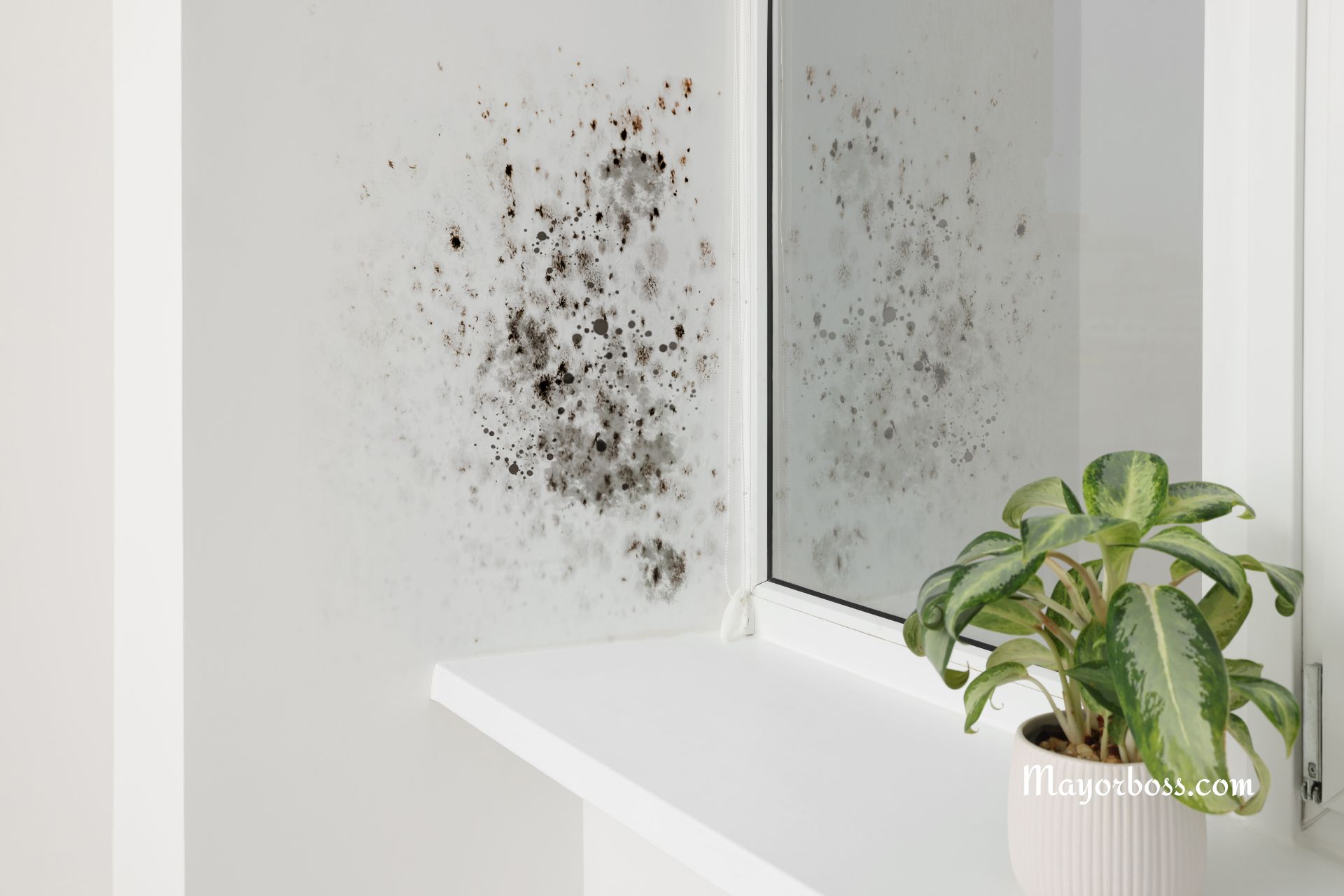These 3 Houseplants Protect Your Home from Mold
Let’s face it: nobody likes mold. It’s unsightly, can be harmful to your health, and once it takes hold, it’s a headache to get rid of. But what if I told you there’s a way to help prevent mold in your home using something as simple and pleasant as houseplants? Yep, you heard that right! Some plants are not only great for decoration but also have properties that can help reduce the amount of mold in your home.

1. English Ivy (Hedera helix)
Believe it or not, English Ivy is one of the top contenders when it comes to combating mold. This plant is not just a pretty vine; it’s a real workhorse at absorbing moisture from the air. Moisture is a key ingredient for mold growth, so by reducing humidity, English Ivy helps keep mold at bay. It’s especially effective in damp areas of the home, like bathrooms and kitchens. Just hang a pot of English Ivy and let it do its thing. Remember to keep it out of reach if you have pets, though, as it can be toxic to them!
2. Peace Lily (Spathiphyllum)
Now, here’s another amazing plant—the Peace Lily. Not only is it known for its ability to clean the air of toxins, but it also absorbs moisture through its leaves. A Peace Lily can thrive in lower light and enjoys humid conditions, which makes it perfect for rooms that tend to be on the damper side. By absorbing moisture, it directly combats the environment mold needs to grow. Plus, its elegant white flowers can brighten any space!
3. Areca Palm (Dypsis lutescens)
The Areca Palm, also known as the Butterfly Palm, is not just a tropical beauty. It acts as a natural humidifier, releasing moisture into the air through transpiration. This might sound counterintuitive, but maintaining a balanced humidity level helps prevent the air from being too dry or too moist—both conditions that can promote mold growth. It’s a perfect plant for living areas and bedrooms, where you want to keep the air fresh and clean.
How These Plants Help
Each of these plants contributes to a healthier home environment by maintaining better air quality and proper humidity levels. Mold spores are less likely to find a hospitable environment to grow when the air is slightly drier or perfectly balanced thanks to these natural humidifiers. Plus, they add a touch of nature’s beauty to your indoor spaces—double win!
Frequently Asked Questions
1. How often should I water these mold-fighting plants?
Actually, less is more! Ironically, overwatering can contribute to mold growth. It’s best to follow specific care guidelines for each plant, ensuring they have proper drainage and aren’t sitting in excess water.
2. Can these plants eliminate existing mold?
Not exactly. While they can help prevent new mold from forming by controlling humidity, existing mold will need to be removed through cleaning. Think of these plants as a preventive measure.
3. Are there other benefits to having these plants in my home?
Absolutely! Beyond mold prevention, these plants can remove toxins from the air, improve indoor air quality, and even boost your mood and productivity. They’re all-rounders in creating a healthier, happier home.
So, if you’re looking to keep your home mold-free, consider adopting one—or all—of these fantastic houseplants. Not only will they help in fighting mold, but they’ll also provide a refreshing touch of greenery to your living space. Happy planting, and here’s to a healthier home!






